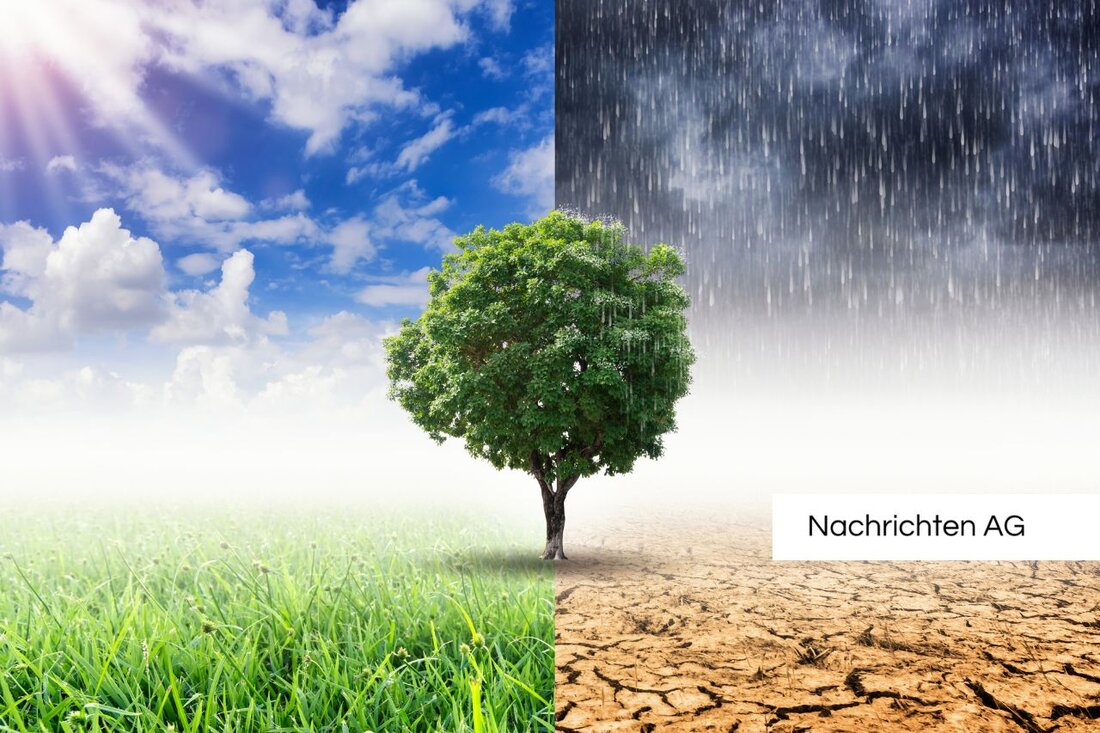The future of nutrition: insects and invasive species in trend!
On May 15, 2025, Leadersnet and Aehre illuminate the future of nutrition: insects and invasive species as sustainable food.

The future of nutrition: insects and invasive species in trend!
On May 15, 2025, the new sustainability business magazine Aehrre will be published, which in cooperation with Leadersnet regularly offers contributions on sustainable topics. The current focus is on the diet of the future, especially on the use of insects and invasive species as food. Leo von Bredow already addressed the importance of ESG and sustainable investments in an earlier edition, whereby the benefits of invasive species for food production was emphasized.
An example is the red American swamp cancer, an omnivore that spreads rapidly in European waters without natural predators. In Berlin, over 38,000 swamp crabs were caught in Berlin in 2018, which shows how serious the problem is. To address this challenge, Jule and Lukas Bosch have the start-up Holycrab! Founded that offers gourmet street food from invasive species. This concept is in accordance with the trend of promoting sustainable food and using resources efficiently.
insects as a valuable source of food
As a result of global resource shortage, climate change and food uncertainty, interest in edible insects is growing. This source of protein offers numerous advantages: over 2 billion people already consume insects that are considered to be extremely valuable. The market for edible insects is expected to exceed $ 17.9 billion by 2033.
edible insects such as grilling, grasshoppers and mealworms contain up to 43 % protein in dry weight and offer a complete amino acid profile. They are rich in micronutrients that are important for human health and have prebiotic properties that support intestinal health. Insects are not only nutrient -rich, but also sustainable, since they only need 2 kg feed for the production of 1 kg protein, compared to 8 kg in cattle.
sustainability and environmental advantages
The breeding of insects causes far fewer greenhouse gas emissions. Only 0.15 kg of CO2 equivalents are incurred for 100 gram-ready insects, which remains almost unnoticed compared to 3 kg for poultry meat and 20 kg for beef. In addition, insect breeding needs less water and land; Less than 1 liter of water is used for 150 g grasshopper meat, while over 3,290 liters are required for beef.
In the European Union, several types of insects have been approved as food since 2021, including the mealworm and the European hiking grasshopper. However, these foods must be checked before they can be sold. Only through sound regulatory measures can the acceptance of insects as foods in Europe are further increased, especially for the younger generation, which is increasingly open to new foods.
innovations in the food industry
Developments in the food industry go beyond insects. Companies such as Aleph Farms and Mushlabs are working on the approval of cultivated meat in Europe and the development of sustainable food alternatives from mushroom myzel. This innovative technology is intended to help revolutionize food production in an environmentally conscious way.
Therefore, the combination of insects as a food and cultivated meat is seen as a potential solution for the challenges of modern nutrition. With the right education and education about the ecological and nutritional advantages of insects, you could play a key role in future nutrition.
In summary, it can be said that the challenges that arise from climate change and resource shortage stimulate companies and researchers to find innovative and sustainable solutions. Insects offer a variety of ways to cover human food needs and at the same time relieve the environment.
 Suche
Suche
